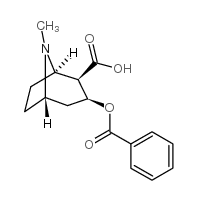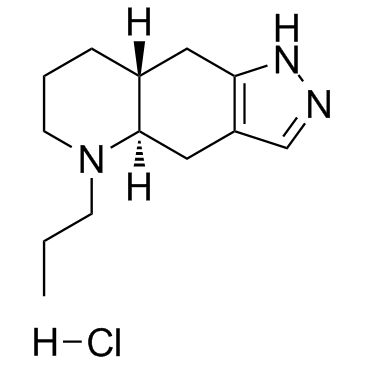| Structure | Name/CAS No. | Articles |
|---|---|---|
 |
benzoylecgonine
CAS:519-09-5 |
|
 |
ecgonine methyl ester
CAS:7143-09-1 |
|
 |
(-)-Quinpirole hydrochloride
CAS:85798-08-9 |